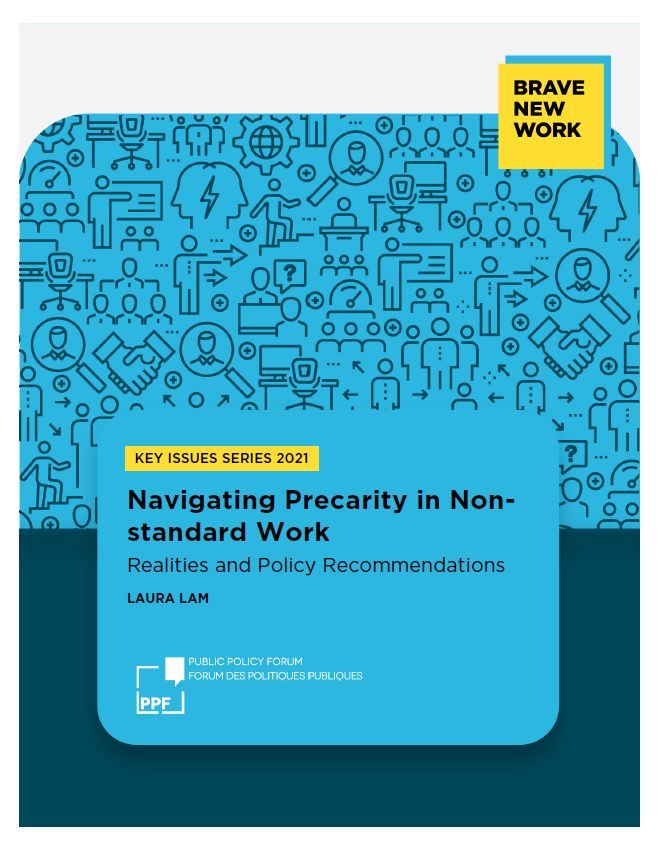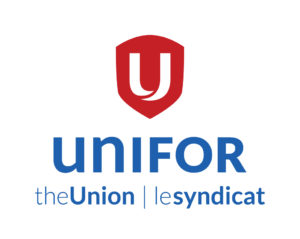
Navigating Precarity in Non-standard Work
Series | Brave New Work Key IssuesAn estimated 30 percent of the Canadian workforce engages in non-standard employment in some form. Very simply, non-standard work can mean work you take on outside of your main form of employment. But it can also mean your main form of employment does not contain any formal, paid working arrangement. It occupies a space on the continuum of work that is referred to as part of the “messy middle.”
More than a year after the start of the COVID-19 pandemic, Canadians are more attuned to the lives of essential workers who have supported us during this time — from grocery workers we saluted as heroes to tireless food couriers delivering meals to our doors. Yet, we are likely less aware of another force that often confronts these workers every day — precarity and an inability to move out of this space if they wanted to.
This paper explores the current state of non-standard and precarious employment and antecedents that have rendered this a reality for many and a choice for some. This is a dialogue between intersecting policies that requires us to think beyond existing structures to envision a future where precarity does not have to be a reality. This paper explores policy considerations in three key areas:
- Data: That is transparent, accessible and can lead to proactive policies.
- Benefits: That do not compromise security for flexibility.
- Alternatives: That are real and acceptable.
Within these areas, several points of action are explored:
- Creating a comprehensive data collection and protection strategy;
- Collaborating with best practices and methodology on fair work metrics;
- Connecting portable benefits and incentivizing employer-led benefits;
- Critically examining the role of sectoral bargaining;
- Investing in skills-based assessments and recognition; and
- Opening the conversation on improvement of employment insurance and the potential of a targeted basic income.
The longevity of non-standard and precarious work does not necessarily have to be a place of stagnation or entrapment, rather, it can be imagined as a series of co-ordinated movements of workers coming in and then getting out. Policies must enable this movement and measures need to be put in place to allow an understanding of who ends up in this space, why they are there, and what is available to them to enable freedom of choice.

By Laura Lam
Read the ReportIssues in Action
For a deeper dive into the topics explored in this report, check out these case studies on making gig work more secure:
Thank you to our partners
Thank you to our lead sponsor

Thank you to our partners
 |
 |
 |
 |
 |
 |
 |
 |
 |








